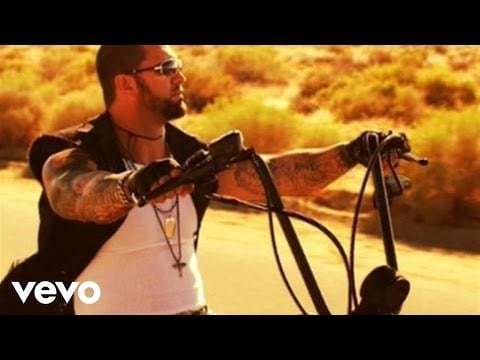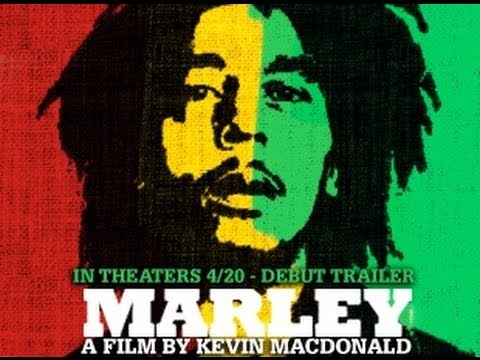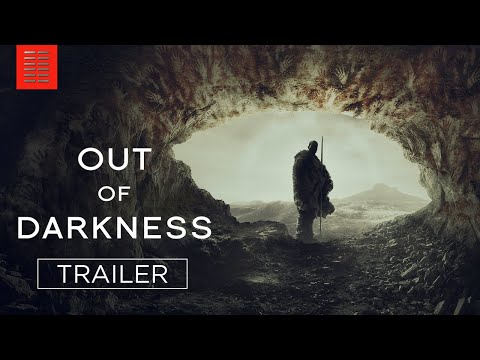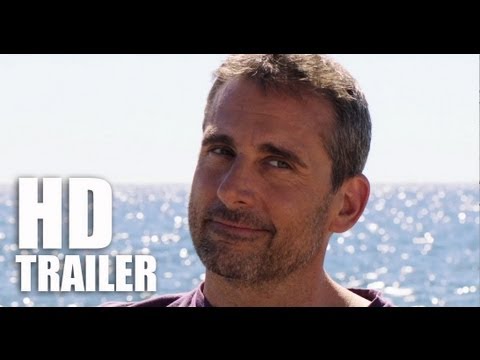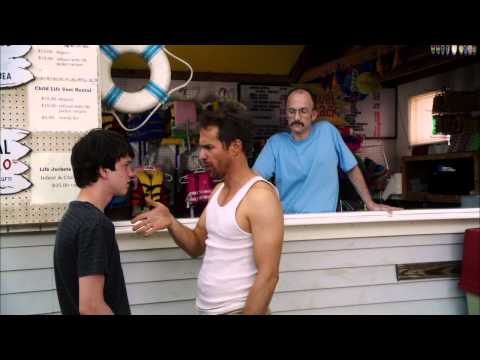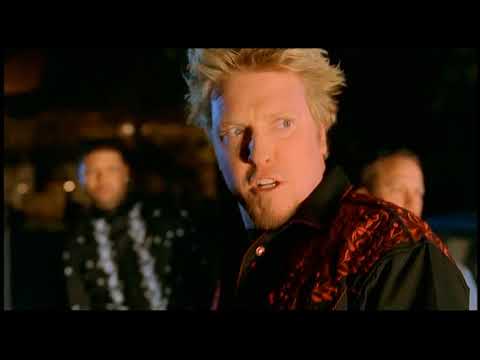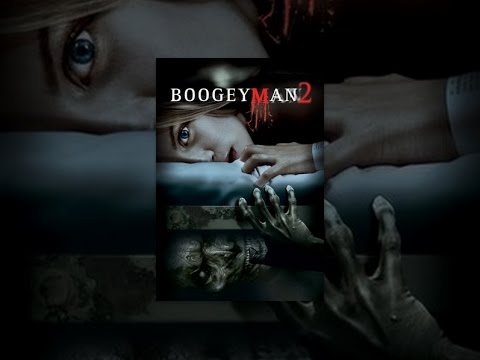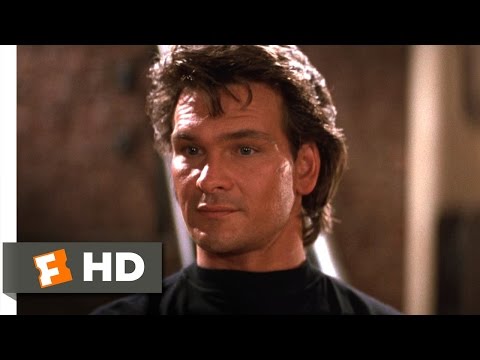Director/co-writer Denis Villeneuve has done it again. Literally.
Audiences who loved his 2021 take on Frank Herbert’s “Dune” will be doubly pleased with the sequel. If this brand of visually magnificent, narratively sluggish storytelling wasn’t for you the first time, the sequel won’t win you over.
It’s that simple.
Either way, it’s best to bone up on the first film, commit the galaxy of complex names and tribes (save our hero, Paul) to memory and find the sweetest IMAX screen possible.
That’s the best way to digest the sights and sounds of “Dune: Part II.”

The story picks up more or less where the 2021 film left off.
Paul Atreides (an assured Timothee Chalamet) and Fremen soldier Chani (Zendaya) are pitted against House Harkonnen and its Jabba-esque leader Vladimir Harkonnen (Stellan Skarsgård).
The prize? Domination, of course, and access to Arrakis’ invaluable spice resources.
The indigenous Fremen mostly believe Paul is the chosen one/prophet/Neo stand-in, and he uses that status to guide the fight against Team Harkonnen. He’s joined by his mother, Lady Jessica (Rebecca Ferguson), pregnant with Paul’s future sibling.
Said sibling communicates with Lady Jessica throughout the film, a subversive pro-Life spirit sure to be dissected in the coming weeks.
“Dune: Part II: doesn’t lack for charismatic co-stars. Javier Bardem makes a sizable mark as Stilgar, a Fremen elder open to an outsider like Paul saving his people. Josh Brolin’s return to the saga as Gurney Halleck is equally welcome.
Need villains? Christopher Walken gets too little screen time as the elderly Emperor, and Florence Pugh’s Princess Irulan feels like a starry place holder for the promised third film.
She has little to do save show off some royally cool outfits.
View this post on Instagram
Far better is Austin Butler as Harkonnen prince Feyd-Rautha, a brute with serious fighting chops and screen presence to spare.
Betcha miss streamlined sci-fi names like Jar Jar Binks, no?
Miraculously, Chalamet and Zendaya bond as warriors who might be falling in love between battles. Why “miraculously?”
Villeneuve infamously distanced himself from dialogue in a recent interview, and a quick glimpse at the “Dune” saga shows he cares about spectacle above all else.
It’s not a bad position given his status as our finest visual storyteller not named Nolan. The “Dune” films are stunning to behold, on par with anything James Cameron could uncork. “Part II” continues that spiky tradition. The opening sequence, a quasi-battle, is lush and inviting, its visual snap elevating it beyond a mere fight between warring forces.
It’s not the only time you’ll need to push your jaw back to its original, upright position.

“Dune: Part II” smells and sounds like a blockbuster, but it never succumbs to formula or trite resolutions. It’s an arthouse popcorn movie, a contradiction that Villeneuve pulls off. He’s aided by another bravura score by Hans Zimmer, leveraging the theater’s speakers in ways that creep up and down your spine.
Magnificent.
Cinematographer Greig Fraser’s work is equally imposing, and while CGI trickery is afoot in every sequence Fraser and Villeneuve bring a tactile snap to everything on screen.
So what’s the downside? Like the first installment, “Dune: Part II” feels heavy from start to finish. It’s never buoyant, even during its most arresting moments. It’s like listening to a story narrated by someone buried to his neck in sand.
You can feel it even if it’s hard to describe.
Not every sci-fi adventure needs to be as light, as accessible as “Star Wars” or “Star Trek,” but a happy medium still feels out of reach for the saga.
There’s still so much to savor in the sequel, making complaints feel like grains of sand in an Arrakis oasis.
HiT or Miss: “Dune: Part II” is everything a Hollywood blockbuster should be minus the formulaic beats and giddy sense of escapism.
The post ‘Dune: Part II’ Delivers More of the Spectacular Same appeared first on Hollywood in Toto.
from Movies - Hollywood in Toto https://ift.tt/JWDvsXS


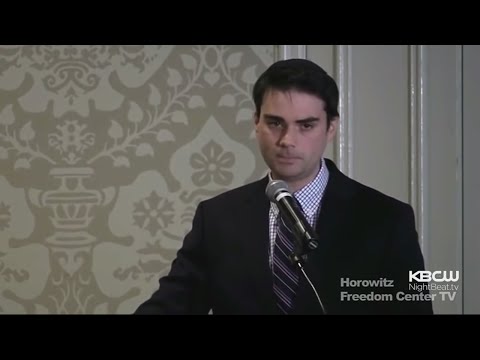

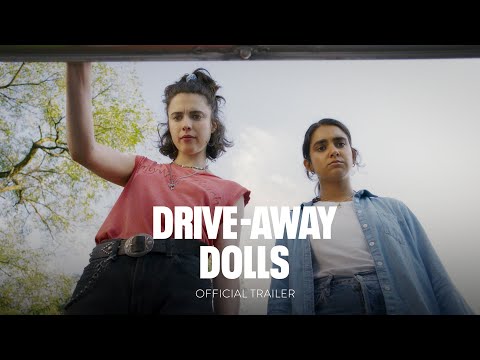


 ”This is a film that reminds us of the good in life.” Hilary Swank at the New York premiere of her film “ORDINARY ANGELS.”
”This is a film that reminds us of the good in life.” Hilary Swank at the New York premiere of her film “ORDINARY ANGELS.”


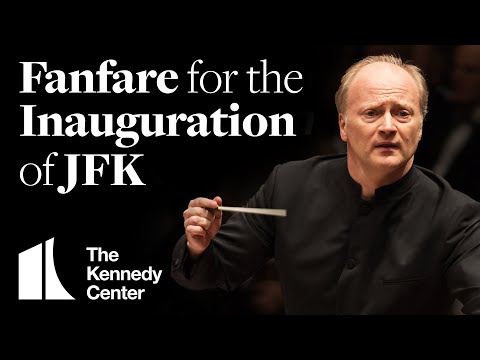

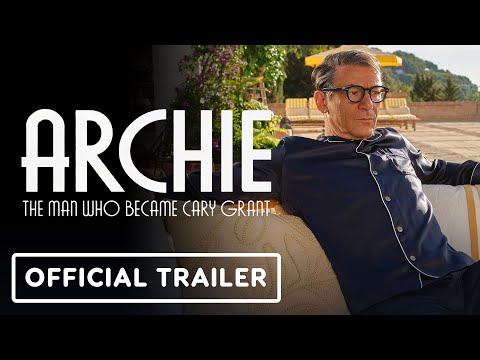
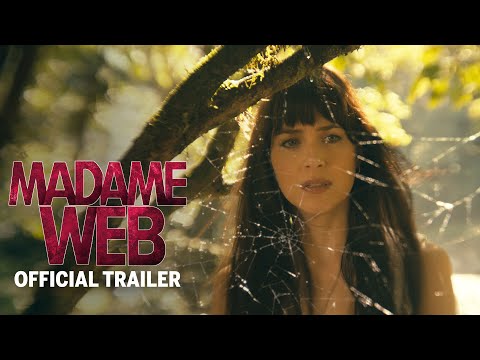
 (@CultureCrave)
(@CultureCrave) 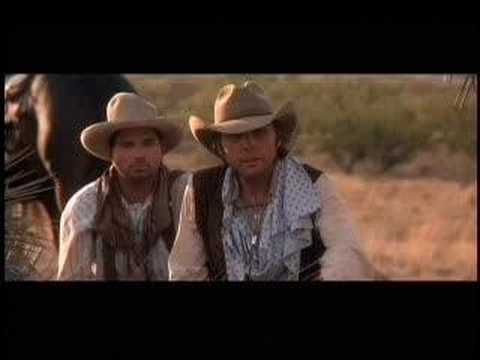
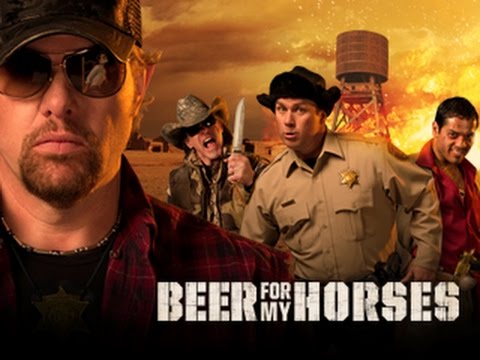

 } Army Girl (@Jamierodr14)
} Army Girl (@Jamierodr14) 